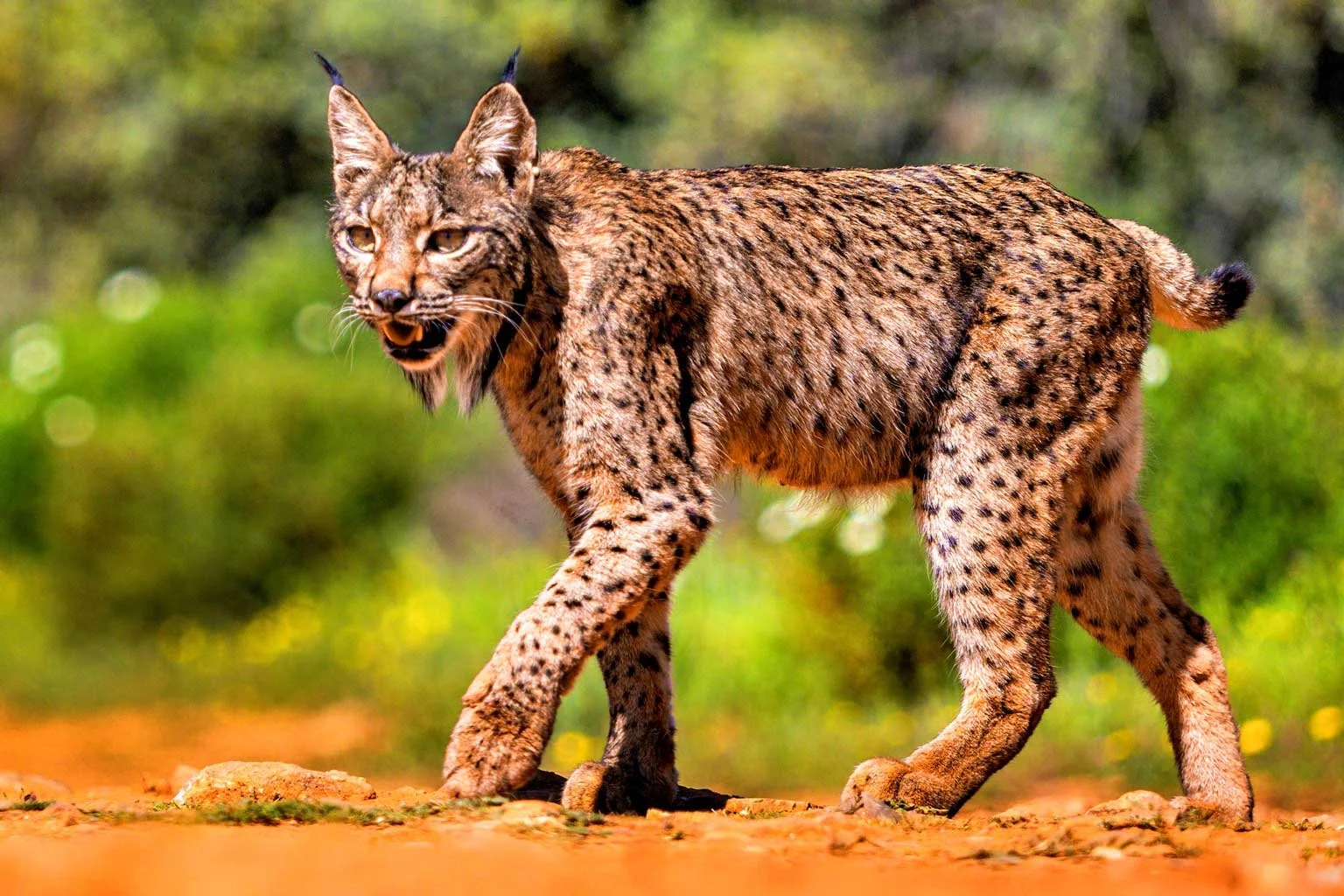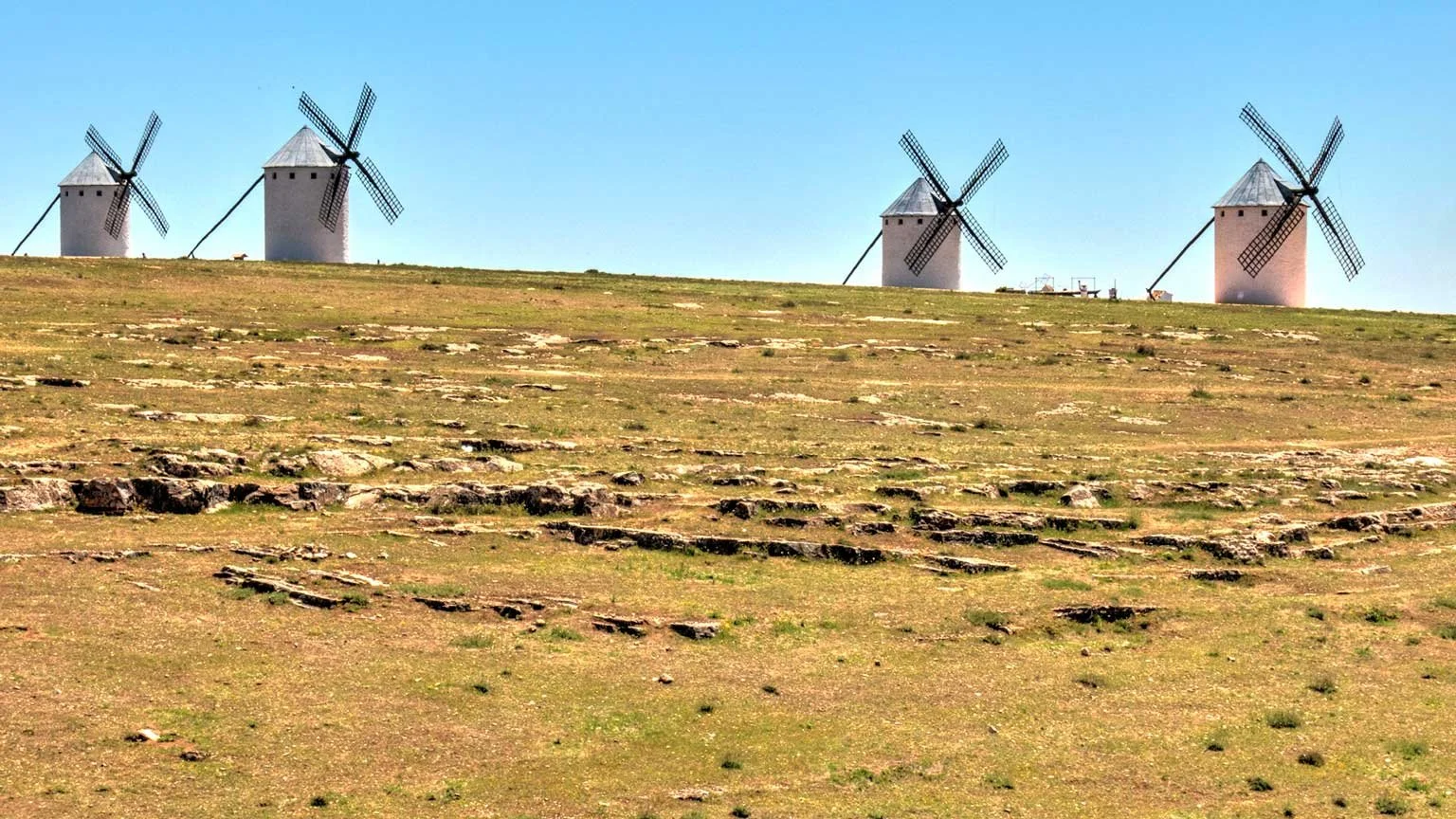Travel in Style to Ciudad Real
We (Geoff, a Maserati and me) left the heat in Andalucia (Lake Vinuela area), at midmorning on the 3rd of August for a 6 days journey in style through Spain to eventually arrive in Oviedo, Galicia in Northern Spain.
Day 1 our distance covered was around 360km overnight stay Ciudad Real.
To quote an old Turkish proverb
No road is long with good company.
We headede onto the Autovia del Sur, E-5, A-4 motorway towards Montero/Estacion, from Casabermeja a distance of just over 200km.
We passed one of our favourite towns in Andalucia, Cordoba. We continued on the Autovia and about 3,5km outside Montoro, at exit 359 Estacion we turned onto the N-420, signposted Ciudad Real.
We crossed the Guadalquivir River with Montero town on the left side. Montero is close to the foothills of Sierra Morena.
Now we have been on the road for a bit over 2 hours and we started to look for a late breakfast/early lunch spot and a cafe solo.
Asador Venta la Madrona
After a further 4-5km km along the N-420 found Asador Venta la Madrona or did they find us? Plenty of parking space.
The Asador was a nice surprise, friendly people, with plenty of refreshment on offer included various BBQ choices.
Back on the road (N-420) again.
One of our aims for the day was to see and drive through the Sierra de Cardeña and Montoro National Park. and to continue into Parque Natural Valle de Alcudia y Sierra Madrona, a planned journey around 125-126km.
Taking into account that there is very little human life and activity to be seen, with few villages, buildings, we stopped here and there, to stretch our legs.
There are mountains, rolling hills and woodland with oak trees, wild olives trees, maritime pines, and a collection of Pyrenees oaks, which are rare in Andalusia. Another big plus, was good roads and very little traffic.
Iberian Lynx picture
Iberian Lynx
This is the hiding area for the last wolves and lynxes of Andalusia. Along this stretch of the road there are plenty of signs warning motorists about the wildlife. Sorry to say we did not see any of the rare Lynxes live.
Cardena village
Back on the road N - 420 exit 79
The Iberian suckling pig represents the gastronomic excellence of the town, along with with the rest of the products derived from the Iberian pig. Its great hunting area for wild boar, deer, rabbit and patridge and is wealthy livestock/cattle farming country. Good reading Turismo Cardena Rural. Restaurants, bars, shops, bakery.
Azuel Village
7 to 8km north of Cardena. Visit the viewpoint Mirador Cerro de Los Tornillos with views to the northern part of the Natural Park. In the background, the province of Ciudad Real, represented from left to right, the high mountains of Navalmanzano (1323 m), Quintana (1290 m) and Madrona (1161 m).
On a good day you can spot birds of prey, including the Imperial Eagle, Royal Eagle, Calzada and Culebrera, as well as the Black and Griffon Vultures. Deer and wild boar are frequent among holm oaks.
Back on the road N-420 again.
We cross the provincial borders between Andalucia to Castilla – La Mancha, home to Don Quijote, Intour link of “Quijote escapades” in order to follow in his footstep.
Don Quijote and Sancho Pancha statue
Fuencaliente
After we crossed the provincial border the first village along N-420 is Fuencaliente ,(info of places of interest). A few bars, restaurants and the usual village features. Just outside the village a road sign inform us that it is only 6km to Parque Natural del Valle de Alcudia y Sierra Madrona.
Madronactiva is an active Ecotourism company located in Fuencaliente, dedicated to the organization of leisure activities in nature.
Cave Paintings The Peña Escrita site, together with the Batanera and Morrón del Pino sites, are the sites of rock art that can be visited in Fuencaliente, dated between the Chalcolithic and the Bronze Age.
We drive on the road N-420 On both side of the road Pine forest occasionally breakup to give views of cattle grounds, rarely any buildings, but impressive mountain-hill sides.
We are approaching Puerte Niefla 902 m and when we arrived at the top we had an unexpected view in the downhill distance to
Valle de Alcudia flat plateau
often compared with an African Savana like Serengeti.
We drove through the valley, also called Eden of La Mancha, windmills on the hills in front of us, big farms either side of the road, cattles in the distance.
Now it start to climb up the hill and the road cuts through the mountain/hillsides and yet again another pass with its highest point Puerto Polido at 850 meters.
We are now within 6-7km to the railwaystation Estacion de Brazatortas Veredas
Valle de Alcudia, La Estacion de Brazatortas and Puertollano
The Brazatortas station opened 28 July of 1865. Here is a short interesting article by Wiki about the history, the importance of the closest staions to Valle de Alcudia for handling huge volumes of cattle movement for their seasonal change of grazing lands including the cattlemen for their seasonal work and living their families in the Alcudia Valley.
Back on road N-420 again its less than 10 km to our next stop, the town of Puertollano.
Puertollano
Puertollano was granted the title of city (ciudad) via Royal Decree in June 1925, during the dictatorship of Primo de Rivera.
Following the end of the Spanish Civil War and up until the 1973 oil crisis the economic activity of Puertollano readjusted towards the extraction of oil shale, (oil shale is an organic-rich fine-grained sedimentary rock containing kerogen)
More info Wikipedia org
Spanish Railway Puertollano Mining Railways
Today Puertollano city has a population of 47,539 (year (2022). Puertollano stands out for the importance of industry, with a past linked to industrial and mining activities.
It lies on the AVE high speed train line linking Madrid and Seville (opened 1992),
Our final stop for the day will be Ciudad Real where we will stay overnight, the distance from Puertollano is close to 40km.
Ciudad Real
Ciudad Real has a population of around 75,000 and is located in the southern part of the Inner Plateau, south of Madrid, at about 625 metres above sea level.
Hotel Santa Cecilia
We arrived to our hotel around tea time. Holiday season in August, quiet and no rush hour traffic. Hotel Santa Cecilia, with on the street parking or garage parking. The Maserati is longer than an average car, and in order to park it was necessary to “steal” some space from the next parking space. The next morning there was a parking ticket awaiting us.
Friendly and helpful hotel staff, rooms with on suite facilities, free Wi-Fi. We did not use the roof pool, breakfast room or the bar. Good central location, walking distance to Quijote Museum, Museum Ciudad Real, Cervantes library, Plaza Mayor, the Cathedral.
The city is part of the Campo de Calatrava natural region, a transitional region between the Montes and La Mancha, remarkable in the context of the Iberian Peninsula because of its volcanic origin.
Well, we did not know that Plaza del Pilar was built on the centre of a shallow volcanic crater. We spent some time here in one of several bars/cafes/restaurants and terraces available. A good place for people watching.
We left the heat in Andalucia, Plaza Pilar time 17:40 and 38C. Don Quijote partly in the shadow did not seem to suffer in the heat.
Ciudad Real Plaza Mayor
Plaza Mayor,
a delightful square, with arcades all around it. In the arcades there are shops, bars, cafes and restaurants. At one end of the square is the famous clock, which at certain times produce statues with allusive figures. We spent even more time eating and drinking here on one of Plaza Mayor’s restaurants. Great atmosphere. and lots of people (all ages) around the square.
We were back at the hotel before midnight.







